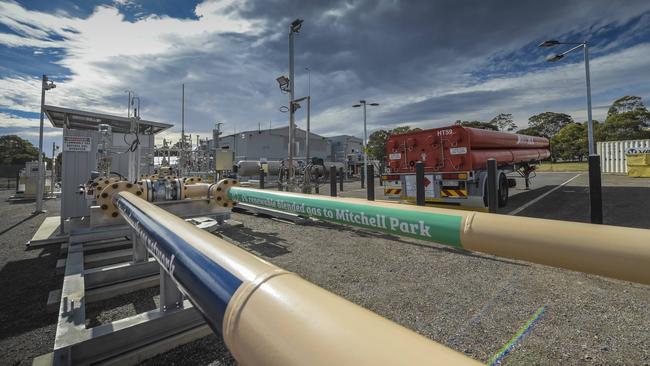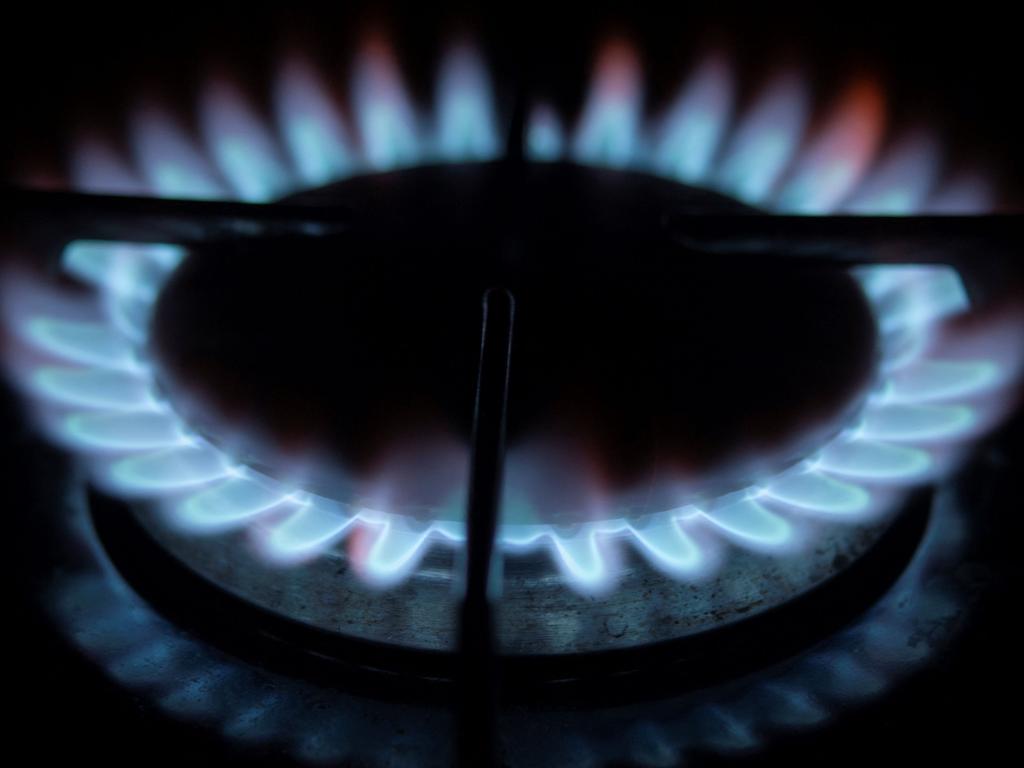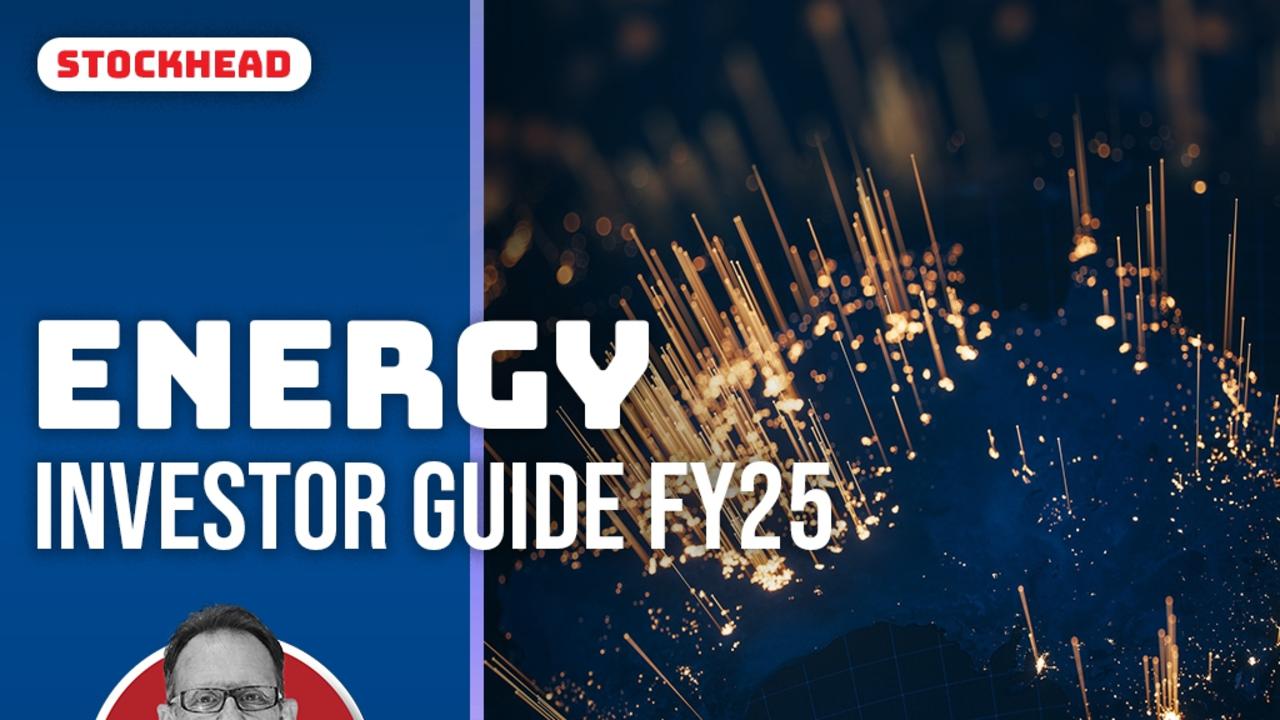Stockhead: Why green hydrogen isn’t just a load of hot air
Green hydrogen can deliver power without pollution, but there’s plenty of work to be done on the path to this pot of gold.

Green hydrogen is expected to be a massive industry of its own in the next decade, used to generate electricity, fuel vehicles, and produce chemicals and heat, but how far do we have to go before we see this coming into play?
A convergence of political, technological, economic and climate factors have propelled the clean fuel to the forefront of net-zero solutions around the globe, including here in Australia, where interest has been growing since the release of the National Hydrogen Strategy in 2019.
In countries such as Germany, the UK, China, and America, tens of billions of dollars have been invested by their governments to accelerate the production of green hydrogen, which is created from electrolysis powered by renewable electricity, such as wind and solar.
Currently, this is the only established method to produce hydrogen without emitting pollution.
-
To get the latest energy sector news, sign up here for free Stockhead daily newsletters
The electrolyser is the capital kit or equipment which converts green electricity and water into hydrogen, with industry experts flagging the sequential doubling in installed electrolyser capacity as proof its adoption is accelerating faster than even most bulls would have expected.
For example, the largest electrolyser in the world by install capacity doubled to 10MW in Japan back in 2020, before doubling again in 2021 to 20MW at the Bécancour project in Quebec, Canada.
As green hydrogen continues its trajectory from cottage industry to mainstream manufacturing, we will likely see a ramping-up in electrolyser capacity installed – with more GW capacity coming online.
DECARBONISATION IS KEY
In hard-to-abate sectors like long distance transport, chemical manufacturing, and iron and steel production, green hydrogen’s deployment is recognised as a key transition pillar to reach net zero emissions.
Australia has made much about its green hydrogen ambitions but has committed little actual funding.
Instead, the Morrison Government has shown its support by investing in various things such as a network of hydrogen technology clusters in major cities and regional towns across Australia.
With funding awarded by National Energy Resources Australia (NERA), the idea is each cluster will establish a thriving green hydrogen industry and identify supply chain investments.

The Government has also entered into a series of partnerships with Germany, South Korea, and Japan to explore the possibility of future hydrogen exports.
There has also been an abundance of non-binding announcements coming in thick and fast by companies looking to play a part.
One such company is Fortescue Future Industries, whose latest agreement with European utility business E-ON has been described by experts as representing a ‘seismic shift’ in the commercial scaling up of green hydrogen.
The two companies plan to work together to replace one-third of Germany’s Russian gas imports with 5 million tonnes per annum of renewable green hydrogen.
However, the market is still quite nascent with the majority of the current 90 or so projects currently in the feasibility and demonstration stages though the industry has not only scaled up in terms of the number of projects in the pipeline but also in terms of the average size.
Several ‘gigawatt’ scale projects have been announced in Australia, though they are still subject to final investment decisions and would come into operation from 2025 onwards.
Only a handful of projects have moved beyond the trial phase – such as with AGIG’s Hydrogen Park in South Australia, which has been operational since mid 2021.
Experts in the field say there is broad recognition across the Australian market that to capitalise on the hydrogen opportunity, partnerships/JVs need to be established across the hydrogen value chain.
And ultimately, to accelerate investment, a ‘renewable gas/hydrogen’ target would need to be established in Australia.
With supply chain and energy security being more important than ever, thanks to rampant fossil fuel inflation and the Russian invasion of Ukraine, there is no doubt momentum for decarbonisation will continue.
SUBSCRIBE
Get the latest Stockhead news delivered free to your inbox. Click here
This content first appeared on stockhead.com.au
The views, information, or opinions expressed in these articles do not represent the views of Stockhead. Stockhead does not provide, endorse or otherwise assume responsibility for any financial product advice contained in these articles.
At Stockhead, we tell it like it is. While some companies mentioned in our articles are Stockhead advertisers, they did not sponsor any of these articles.






To join the conversation, please log in. Don't have an account? Register
Join the conversation, you are commenting as Logout